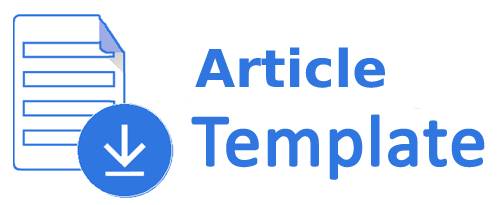The Rural Information Centre: a Gateway for Sustainable Development
DOI:
https://doi.org/10.17821/srels/2009/v46i2/44110Keywords:
Users and Information Needs, Databases, ICT, Services, Library Personnel’s RoleAbstract
This paper focuses on the role of an information centre/library in the uplift of rural people in various areas such as education, health, agriculture and employment. It also emphasizes on the use of Information Communication Technology (ICT) at the bottom of the pyramid to enable the rural citizenry to access the resources available at the Rural Information Centre (RIC). It also examines how the RIC can help the government, Non Government Organizations (NGOs) and Self Help Groups (SHGs) to alleviate poverty, eradicate illiteracy and generate awareness about health, self-employment, the right to information and the benefits of e-governance for sustainable development at the bottom of the pyramid.Downloads
Downloads
How to Cite
Issue
Section
License
All the articles published in Journal of Information and Knowledge are held by the Publisher. Sarada Ranganathan Endowment for Library Science (SRELS), as a publisher requires its authors to transfer the copyright prior to publication. This will permit SRELS to reproduce, publish, distribute and archive the article in print and electronic form and also to defend against any improper use of the article.
Accepted 2013-12-30
References
Bhatia (Parteek); Bhatia (Sanmeet). The internet rides on India’s buses. Information Technology. Vol. 15(2); December 2005; p30-32
India 2005: a reference annual edited by Research Reference and Training Division, 2005, p991.
Kalam (Abdul A P J); Rajan (Y S). India 2020: a vision for the new millennium. 1998, p312.
Planning Commission’s Report of the committee on India Vision 2020 and vision document of some states. 2003, p254
Prahalad (C K). The fortune at the bottom of pyramid: eradicating poverty through profits. 2005, p401.
Tenth Five year plan 2002-2007 Vol. II: sectoral policies and programmes by Planning Commission of India. 2002, p1207.
http://www.censusindia.net/t_00_005.html
http://www.hinduonnet.com/2003/08/04/stories/2003080403541200.htm
http://www.ifc.org/ifcext/economics.nsf/Content/CSR-IntroPage

 Lavji N. Zala
Lavji N. Zala








